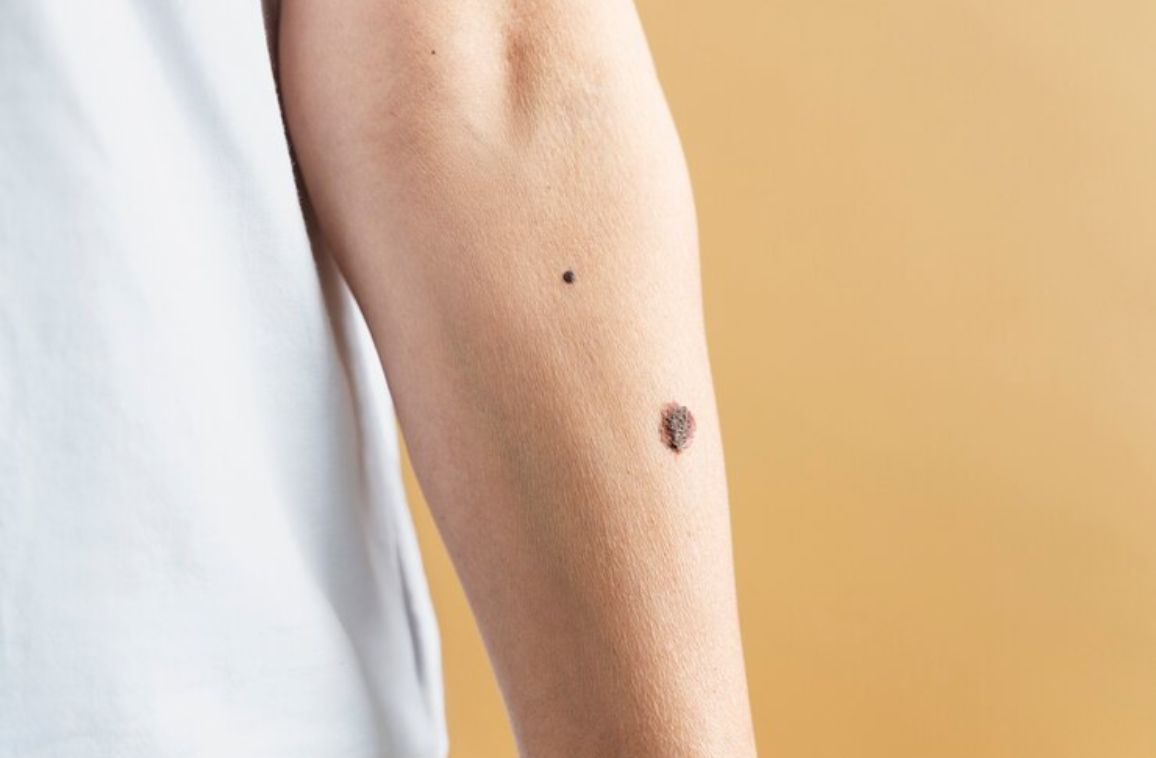Top causes of ringworm and how to prevent it?
Ringworm is worrisome and contagious. Causes are, of course, manifold, and they need to be dealt with in order to get rid of the ringworm. Treatment is there.
How to deal with ringworm is a query for which the affected person would like to know the answer.
Causes
- Ringworm infection is a fungal infection caused by mold-like parasites that live on the cells in the outer layer of your skin. It can spread in the following ways:
- Human to Human: Ringworm often spreads by direct skin-to-skin contact with an infected person.
- Animal to Human: Can be infected by ringworm by touching an animal with ringworm. Ringworm can spread while petting or grooming dogs or cats and is also fairly common in cows.
- Object to Human: Ringworms can spread by contact with objects or surfaces that an infected person or animal has recently touched or rubbed against, such as clothing, towels, bedding, linens, combs, and brushes.
- Soil to Human: in rare cases, ringworms can be spread to humans by contact with infected soil. Infection would most likely occur only from prolonged contact with highly infected soil.
Treatment and causes of ringworm
1. Apply a topical antifungal.
Several cases of ringworm can be treated at home. Over-the-counter antifungals can rather kill the fungus and also promote healing. Effective medications include miconazole (Cruex), clotrimazole (Desenex), and also terbinafine (Lamisil).
After cleaning the rash, apply a thin layer of antifungal medication to the affected area, say about twice a day or as the package directs. Spreading the treatment beyond the border of the rash by a couple of centimeters and also allowing the medication to absorb into one’s skin.
2. Let it breathe.
It may indeed seem logical to keep ringworm covered with a bandage to prevent the spreading of the infection. Yet, bandaging the rash locks in moisture and also slows the healing process.
It is important to keep the area dry, so wearing comfortable, breathable clothes to speed healing and avoid spreading the rash to other people helps. This does include loose-fitting, long-sleeve shirts as well as pants.
3. Wash bedding daily.
As ringworm is highly contagious, it is necessary to wash one’s clothes as well as sheets daily to eliminate the infection faster. Fungal spores can indeed transfer to one’s sheets and comforter. If the person sleeps on the same sheets night after night, it can indeed take longer for ringworm to heal, and the infection can rather spread to other parts of the person’s body. Contaminated bedding can also infect the partner.

Use hot water and detergent when washing bedding and any infected clothes. Hot water alone can rather kill the fungus. As an extra precaution, add borax or even bleach to one’s wash along with regular laundry detergent.
Borax and bleach can be purchased from a grocery store, and they also kill fungal spores.
4. Change wet underwear and cum socks.
If ringworm does develop on one’s feet or groin area, keep these areas dry. If sweating a lot during the day, bathe with an antifungal cleansing bar and then, of course, reapply the antifungal powder or lotion. Make sure the area is indeed completely dry before putting on a new pair of underwear or socks.
5. Use an antifungal shampoo.
At times, ringworm develops on one’s scalp. Symptoms of a scalp infection do include severe itching, patches of hair loss, scalp boils, and severe dandruff. If having ringworm on one’s scalp, wash the hair with an over-the-counter medicated antifungal shampoo.
These shampoos kill bacteria and also fungi on the scalp and stop inflammation. The person can purchase them from a grocery store or drugstore. Looking for shampoos with antifungal active ingredients, like ketoconazole, selenium sulfide, and also pyrithione zinc. Use shampoos according to the directions given on the package.
Be aware that scalp fungus is nearly impossible to eliminate without oral medications.
Conclusion
Causes of ringworm can be dealt with by the affected person.



